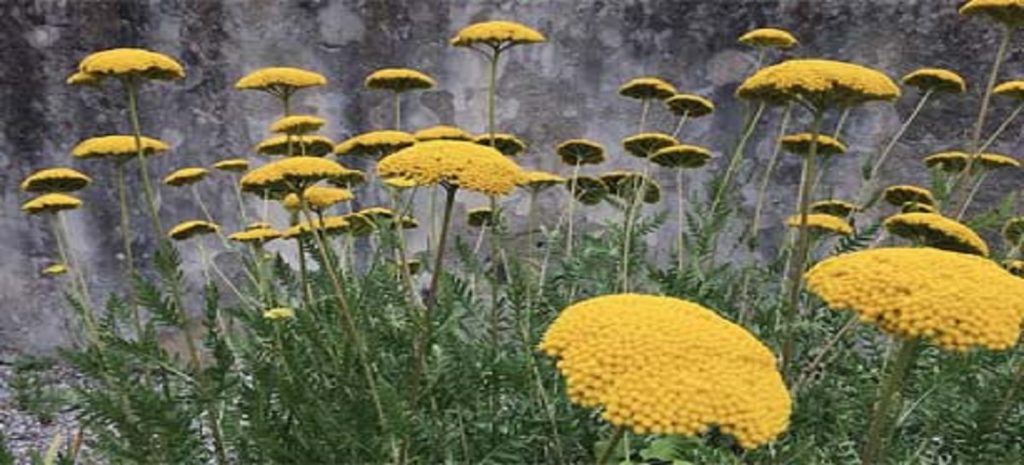Helen Cammock – Che si può fare

Helen Cammock, winner of the seventh edition of the Max Mara Art Prize for Women and nominated at the Turner Prize 2019, after the first London stop at the Whitechapel Gallery in London (25 June – 1 September 2019) presents the new exhibition Che si può fare at the Maramotti Collection , which will acquire the works. The exhibition, re-elaborated by the artist in the different space of the Collection, will also be enriched by an artist book created in July at the Central Institute of Graphics in Rome.
In the work of Helen Cammock, the female narrative is focused on loss and resilience with Baroque music composed of seventeenth-century musicians, inspirations and stories through which the artist explored the concept of lamentation in women’s lives through stories and geographies.
In addition to the recently created artist’s book, the exhibition includes a film, a series of vinyl recordings, a screen-printed frieze and a research room in which books and objects collected by Cammock and donated to her during her time in Italy are displayed.
The exhibition is in fact the result of a six-month Italian residence in 2018, organized by Max Mara, Whitechapel Gallery and Collezione Maramotti, and designed to fit the artist. In his journey, which led her to make stops in Bologna, Florence, Venice, Rome, Palermo and Reggio Emilia, Cammock decided to explore the expression of lament and rediscover hidden female voices. During the residency musicians, historians, artists and singers opened their archives and shared narratives and research.
The three-part video that is at the heart of the show consists of interviews with some of the women Cammock met on his journey, including social activists, migrants, refugees, a nun and women who fought the dictatorship. The work evokes the power of female voices from the Baroque era to today’s Italy. Their testimonies are interspersed with musical pieces and films filmed in Italy in a complex visual and oral collage.
Five prints in saturated colors represent music and voice through line drawings and a long wall frieze contains images and words related to the women Cammock met in Italy.
What can be done is the title of a pre-operational lament from 1664 by the Italian composer Barbara Strozzi (1619-1677). Cammock took opera singing lessons to learn this air, which he practiced throughout his residency.
Music is a recurring element in the new video work and in the live performance that will take place during the inauguration of the exhibition: Cammock will perform Strozzi’s music accompanied by a jazz trumpeter, thus reviving the composer’s legacy through his voice. The music of the coeval Italian musician Francesca Caccini (1587-1641) is incorporated into the performance as a soundtrack to accompany the movement part. Strozzi and Caccini were famous among their contemporaries, but soon their names have fallen into oblivion and only now their compositions are taken up and performed once again.
A visual poet whose drawings, prints, photographs and videos are combined with words and images, Cammock carries out a multimedia artistic practice in which he embraces text, photography, video, song, performance and engraving, and is determined by his commitment to questioning traditional historical narratives on the identity of blacks, women, wealth, power, poverty and vulnerability. The artist draws on his personal experience, along with references to stories of oppression and resistance, incorporating influences from jazz, blues, poetry and dance, as well as the words of writers such as James Baldwin, Maya Angelou and Audre Lorde. Cammock digs and brings back lost, unheard or buried voices.
For the artist, music – from Nina Simone and Alice Coltrane to the seventeenth-century preoperistic Italian music – allows you to pursue this research that explores the complexity of the concept of history.
For more information: Collezione Maramotti

